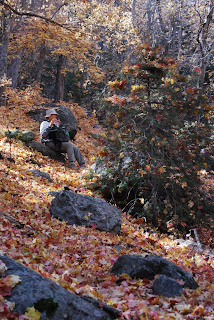



MIMA MOUNDS
Springerville Volcanic Field
One of the enduring mysteries of White Mountain geology is the origin of the mima mounds. Rodents, imbedded root systems and creatures from outer space all have been credited with making these roundish, 2-to-9-foot-high lumps of gravel in the meadows surrounding 10,134-foot Greens Peak—the high point of the Springerville Volcanic Field. The prevailing theory is that these curious geological features are remnants of a glacial ice field that receded some 25,000 years ago leaving behind a landscape that smacks more of Iceland than Arizona.
LENGTH: 2.5 miles roundtrip from the base of Greens Peak to the summit and back
RATING: moderate
ELEVATION: 9,000 – 10,134 feet
BEST SEASONS: April - November
GETTING THERE:
From Show Low, go east on SR260 to Forest Road 117 located near milepost 380 roughly one mile past the sign for Railroad Grade trailhead. Turn left (north) on FR 117 and go 2.7 miles to FR 61, veer left and continue 1.1 mile to FR 61C. You may park here and stroll out into the meadows, or continue 1.25 miles up FR 61C to the top of Greens Peak for expansive views of cinder cone-dotted meadows. Roads are maintained gravel.














































